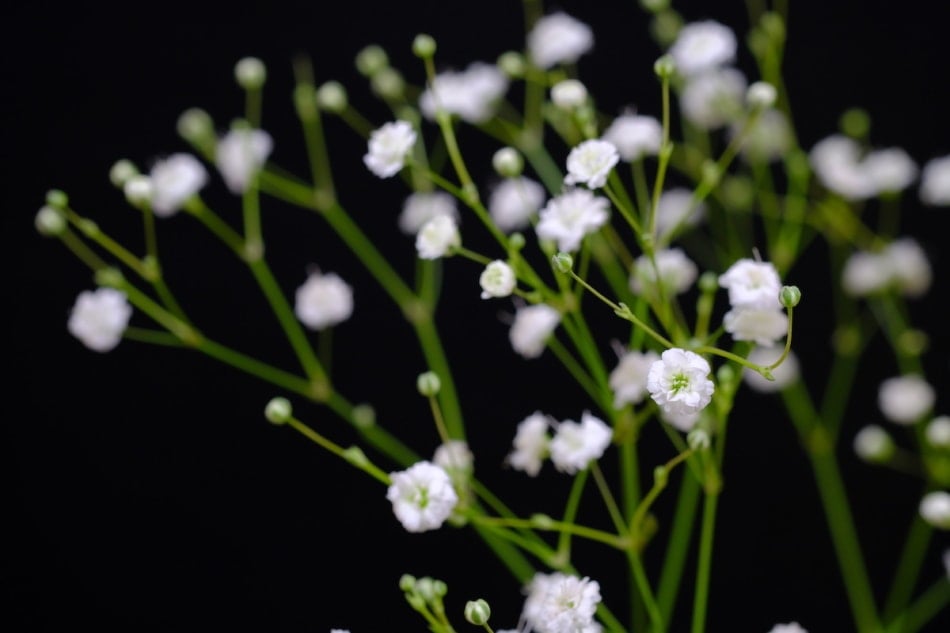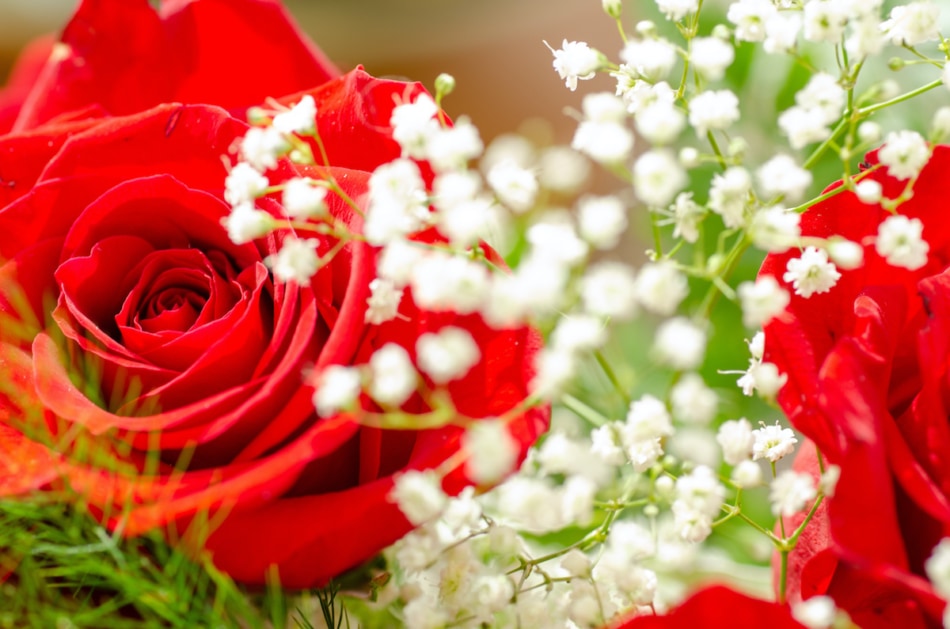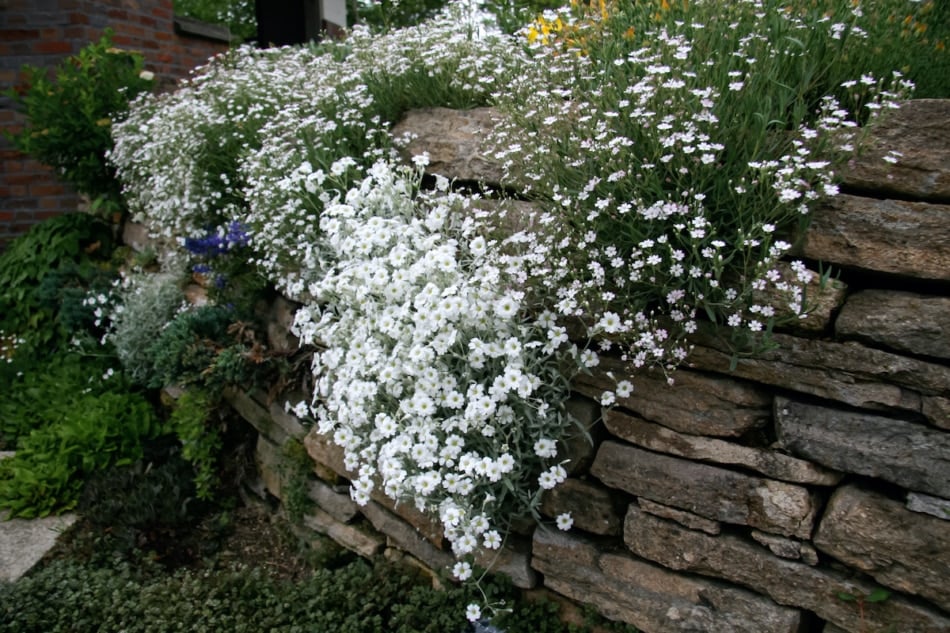Are you planning to attend a wedding soon? Then get ready to see the ubiquitous baby’s breath flowers adorning bouquets, boutonnieres, and table centerpieces. This delicate white flower has been a favorite among florists for quite some time now. It’s the perfect accompaniment to larger, more vibrant blooms like roses, providing a subtle yet stunning contrast in any floral arrangement. But have you ever wondered where this popular flower originated from?

The origins of baby’s breath flowers can be traced back to Europe, Asia, and North Africa, and they were brought to the United States in the 1800s. Interestingly, Queen Victoria of England was a fan of these lovely flowers and incorporated them into her wedding floral arrangements. It is believed that her marriage to Prince Albert of Saxe-Coburg in 1838 played a significant role in setting many of the bridal customs that are still followed today. One such tradition is the white wedding dress, which was unheard of before Queen Victoria’s time. As for the symbolism of baby’s breath flowers, they are often associated with innocence, purity, and everlasting love.

If you want to add a touch of delicacy and elegance to your flower arrangements, look no further than baby’s breath. This tiny blossom can add the perfect contrast to bolder flowers like roses, making them stand out even more. Baby’s breath is also steeped in symbolism, being commonly associated with everlasting love and innocence. It’s no wonder that it has become a staple in weddings and gifts for new mothers.
But where did this flower get its name? Interestingly, there isn’t a clear answer. Some speculate that the name “baby’s breath” was given to reflect the delicate, whisper-like quality of the flower. Its scientific name, Gypsophila paniculata, refers to its tufted and branching clusters, which are known as panicles. The genus name, Gypsophila, reflects the plant’s natural habitat in soils rich in gypsum or chalk.
If you’re looking to grow and care for baby’s breath in your own garden, it’s relatively easy to do so. These plants thrive in well-draining soil with plenty of sunlight and require minimal watering. However, be sure to keep an eye out for powdery mildew, a common problem for baby’s breath. With a little attention and care, you can enjoy the delicate beauty and symbolic meaning of these lovely blossoms.

Growing baby’s breath is a relatively simple task, especially if you take note of the important tips below. The most commonly grown species is Gypsophila paniculata, which boasts delicate white flowers that are often seen in florists. However, for those who prefer larger blooms, Gypsophila elegans may be a better option. Note that Gypsophila paniculata is a perennial plant that can tolerate USDA zones 3 through 9, while Gypsophila elegans is an annual plant that will need to be replanted each year. Both species bloom during spring and summer and thrive in full sun or at least four hours of direct sunlight per day. While baby’s breath is drought-tolerant, it prefers well-drained soil that is alkaline and rich in gypsum. You can grow this plant from seeds or purchase starts from your local greenhouse. If planting from seed, sow them directly into the garden after frost danger has passed, spacing them nine inches apart and covering them with 1/4 inch of soil. They will germinate in about ten days and will require six to eight weeks before being transplanted. Once they have two pairs of true leaves, you can begin hardening them off by gradually increasing their outdoor exposure until they are ready to be planted.

Raising Baby’s Breath from Seedlings
To minimize the impact of transplant shock, choose a day that’s overcast when planting seedlings. Make sure to space each plant nine inches apart and level the top of the root ball with the surrounding soil. After planting, give them a good watering to ensure they are well-hydrated.

Before starting any gardening work, be sure to refer to our Gardening by the Moon Calendar!

It is worth noting that in certain regions of the United States and Canada, baby’s breath falls under the category of invasive species. Therefore, it is advisable to consult your local agriculture extension office before planting to make sure that it is not considered invasive in your region.
